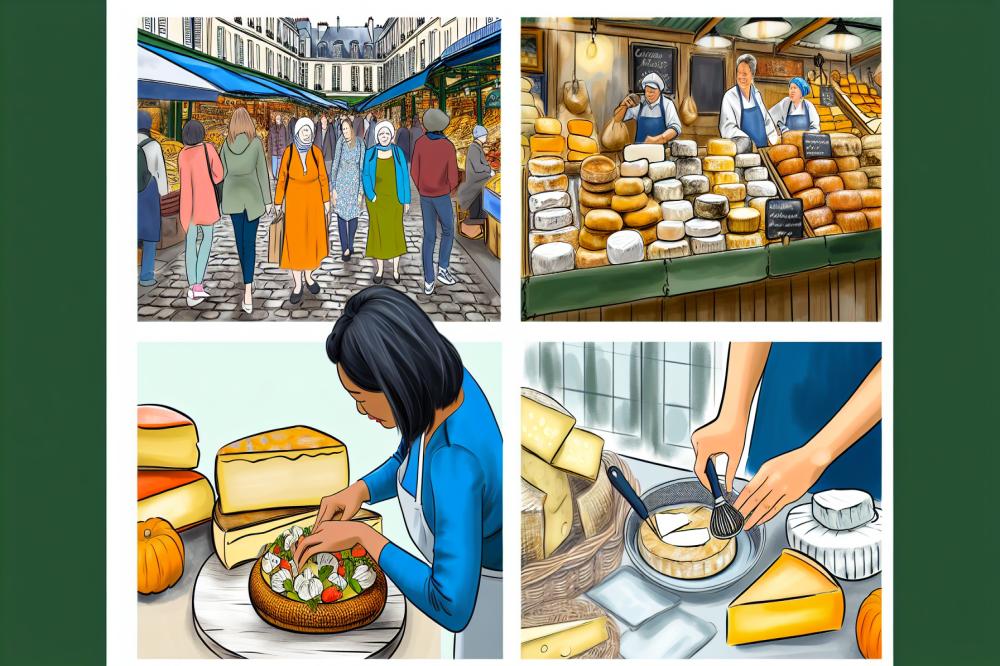Exploring the Famous Rungis Market in Paris for French cheeses
Rungis Market is a bustling hub located just outside of Paris. This expansive food market is renowned for supplying fresh produce, meats, and a wide range of dairy products. It operates daily, captivating chefs, restaurateurs, and food lovers alike. Modern and organized, this market is the heartbeat of culinary excellence in the region.
The significance of Rungis in the cheese industry cannot be overstated. It is the largest wholesale food market in the world, serving as a vital link between producers and retailers. Each day, a myriad of cheese varieties arrive here, from creamy brie to robust Roquefort. This ensures that local shops and fine dining establishments always have access to the best dairy selections available.
French cheeses come in an astonishing variety, showcasing the rich culture and tradition of the country. There are hundreds of distinct types, each with unique flavors and textures. Some are soft and spreadable, while others are hard and aged. The diversity found in French cheeses reflects the art of cheesemaking that has been perfected over centuries.
Exploring the landscape of Rungis Market reveals the heart of France’s cheese production. It is a place where chefs can source everything from the well-known Camembert to the less familiar Reblochon. Each visit presents a new opportunity to discover these culinary delights and learn about their origins.
Rungis Market
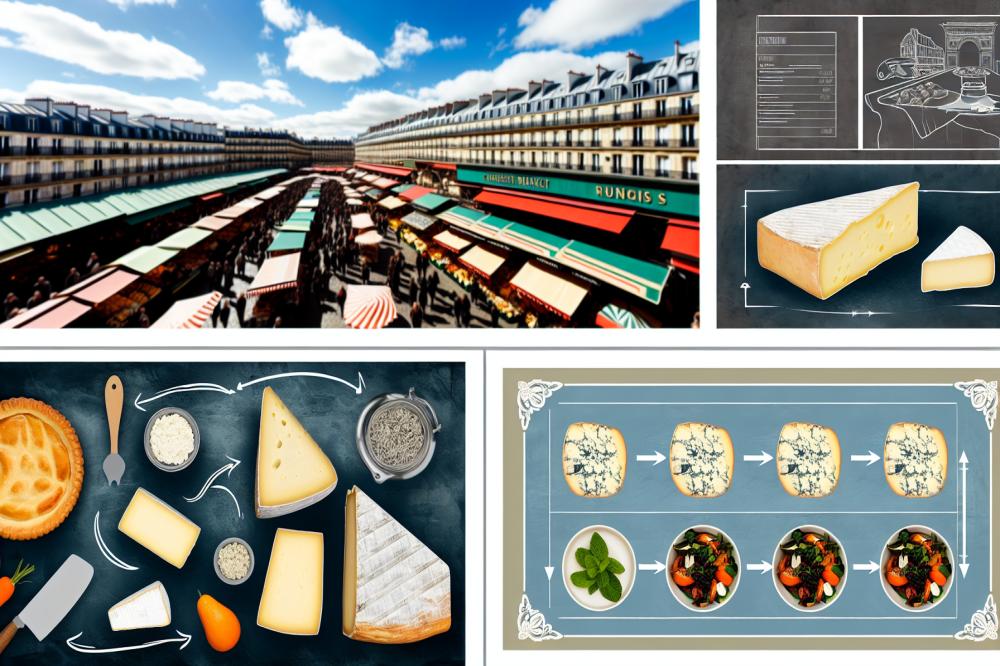
History of Rungis Market
Opened in 1969, Rungis Market has a rich history rooted in food trade. It replaced the old Les Halles market, which was too small for Paris’s growing needs. Today, this vast complex spans over 234 hectares. Conveniently located just outside the city, it serves as a major hub for food distribution. Many people do not realize that it is the largest wholesale food market in the world. A blend of tradition and modernity defines its operations. Vendors and buyers from various regions converge here, fostering a lively marketplace atmosphere.
Significance in French Culinary Culture
Rungis holds a prestigious place in French culinary culture. Chefs and restaurants across France rely on its fresh produce and gourmet products. The market embodies the country’s emphasis on high-quality ingredients. It showcases regional specialties, reflecting the diversity of French cuisine. Many consider it a treasure trove for food lovers. Cheese plays a starring role in this culinary tale. Various artisan cheesemakers bring their passion to the market, highlighting local practices and flavors.
Overview of Cheese Vendors and Selections Available
Stands teem with an incredible variety of cheeses from every corner of France. From creamy Brie to pungent Roquefort, choices abound. Artisan producers present aged varieties alongside fresh options. Many vendors offer tastings, so don’t hesitate to sample. Cheeses are often grouped by region, allowing easy exploration of distinctive flavors. Each vendor has their own specialties, showcasing craftsmanship. Knowledgeable staff can help guests select the perfect cheese for any occasion. Don’t forget to ask about artisanal techniques and pairing suggestions.
Insider Tips for Navigating the Market
Arriving early is smart for beating the crowds and securing the freshest picks. A good pair of walking shoes can make exploration more comfortable. Bring a reusable bag for your purchases to make carrying easier. Being open to conversations with vendors enriches the experience. They often share stories about their products and production methods. It’s helpful to have a plan but stay flexible, as unexpected treasures may appear. Consider asking for recommendations based on specific tastes or dishes. Finally, don’t rush; take time to enjoy the vibrant atmosphere and aromas that fill the air.
French Cheeses
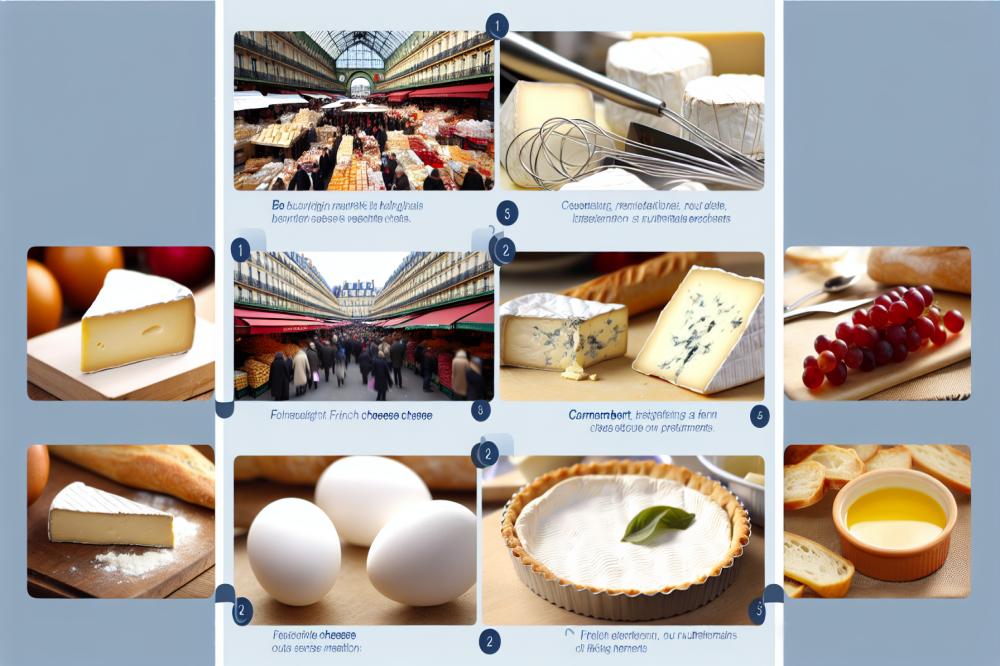
Rungis Market is a treasure trove for cheese lovers. Many types of French cheeses can be found here. Each region of France has its specialties. Brie, Camembert, Roquefort, and Comté stand out among the vast variety.
Famous Varieties
Brie is often referred to as the “Queen of Cheeses.” This soft cheese is creamy and rich, making it a perfect choice for many occasions. Camembert, another beloved soft cheese, carries a strong flavor that enhances any cheese board. Roquefort, famous for its blue veins, offers a sharp, tangy taste. It’s a favorite in salads and with meats. Comté, a hard cheese, has a nutty and sweet profile. This cheese pairs well with fruits and is versatile in cooking.
Cultural Significance
Cheese is more than just food in France; it is part of the nation’s identity. French people take pride in their cheese-making traditions. Each cheese tells a story about its region. Various cheeses showcase the diversity of France’s landscapes and cultures. They are often enjoyed during meals, celebrations, and gatherings.
Pairing Suggestions
Pairing cheeses with the right wines and breads elevates any dining experience. A creamy Brie complements a glass of Chardonnay. Dark, crusty bread works well with Roquefort and a robust red wine. Camembert shines with a fruity white like Sauvignon Blanc. For Comté, try a dry white wine or even a light beer. Fresh baguettes or artisan rolls make excellent companions. These combinations will delight your palate and provide a genuine taste of French culture.
Cheese Recipe: French Cheese Tart
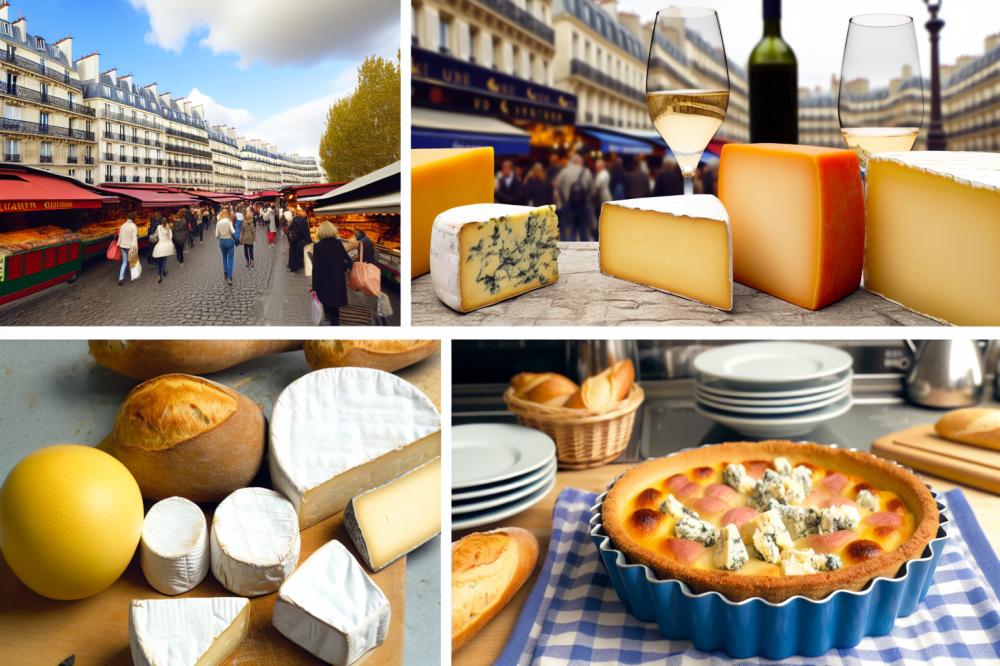
Making a delightful French cheese tart is a wonderful way to showcase the rich flavors of cheeses found at Rungis Market. This dish is both savory and satisfying, perfect for a cozy gathering or a family meal.
Ingredients
- 200g shortcrust pastry
- 300g assorted French cheeses (e.g., Brie, Roquefort, Comté)
- 200ml heavy cream
- 3 large eggs
- Salt and pepper to taste
- Fresh herbs for garnish (optional)
Recipe Instructions
- Preheat your oven to 180 degrees Celsius.
- Roll out the pastry carefully. Fit it into a tart pan, making sure it covers the edges.
- Blind bake the empty pastry shell. This should take about 10 minutes.
- In a mixing bowl, combine cheeses, cream, eggs, salt, and pepper. Mix well until smooth.
- Pour the cheese mixture into the prepared tart shell. Spread it evenly.
- Bake for about 30 minutes. The tart should be set and golden on top.
- Allow it to cool for a few moments before serving.
- This tart is best enjoyed warm or at room temperature. Consider garnishing with fresh herbs for added flavor.
Nutritional Information
Each serving has approximately 350 calories. It contains around 15g of protein, 25g of carbohydrates, and 25g of fat. This tart offers beneficial nutrients, including calcium and essential vitamins.
Final Thoughts on the Rungis Experience
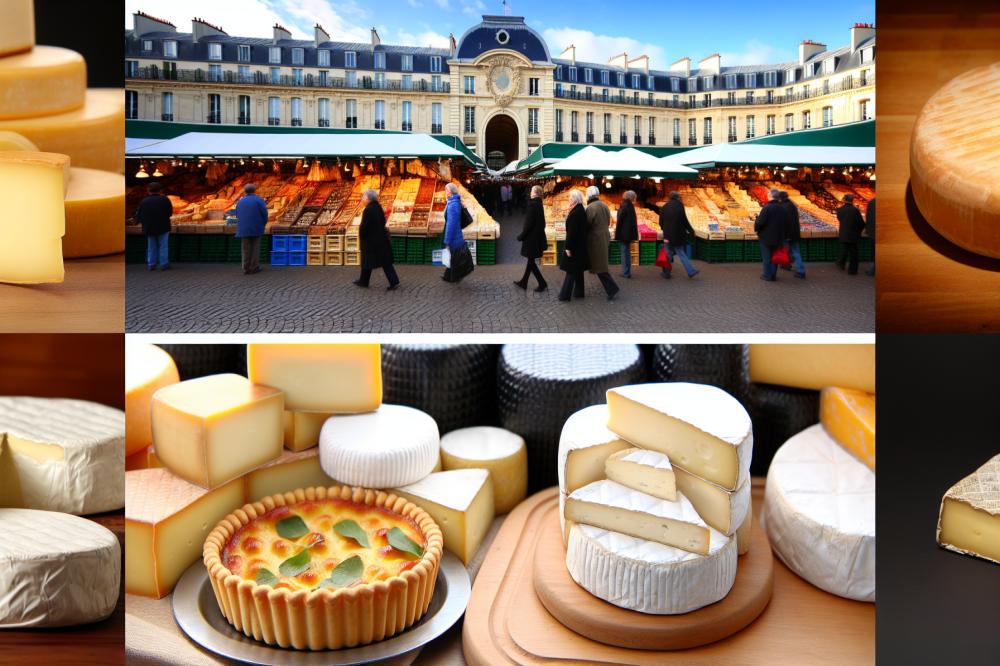
Rungis Market embodies the heart and soul of French gastronomy, especially when it comes to cheese. This bustling place offers a vast assortment that reflects rich culinary traditions and local identity. Cheese enthusiasts can discover everything from creamy Brie to tangy Roquefort, each telling a story of its region. The vibrant atmosphere captivates visitors with its array of sights, smells, and flavors. It creates a perfect setting for exploring the many varieties that define French cheese.
Visiting this iconic cheese market is more than just a shopping trip; it’s a sensory adventure. Imagine strolling through aisles lined with stalls, engaging with passionate vendors eager to share their knowledge. The experience is a celebration of France’s artisanal heritage and a true feast for the senses. Spending time here can inspire anyone to appreciate the craftsmanship involved in every wedge and wheel.
If you find yourself in Paris, taking a day to explore this renowned market should be on your list. It’s not just for professional chefs or gourmets; casual visitors can enjoy the warmth of the environment. The market welcomes everyone, making it an inclusive spot for those curious about French cuisine.
After your visit, why not try your hand at home? Making a cheese tart can bring a taste of Rungis to your kitchen. It’s a simple yet delightful way to recreate the flavors you’ve encountered during your adventure. Share your creation with family or friends, and let the magic of French cheeses inspire your culinary journey.

